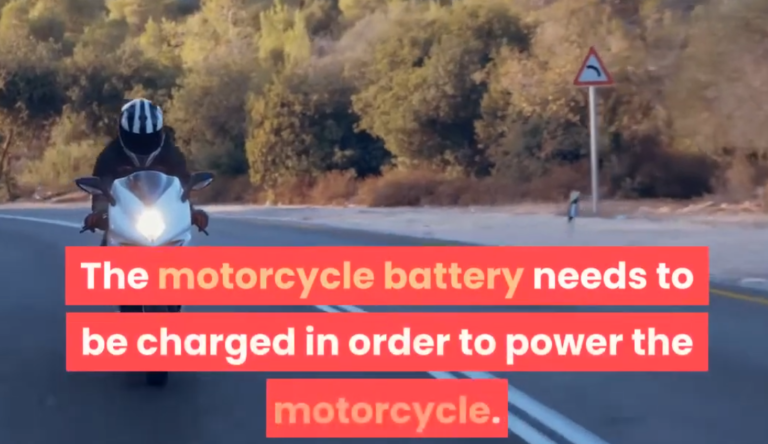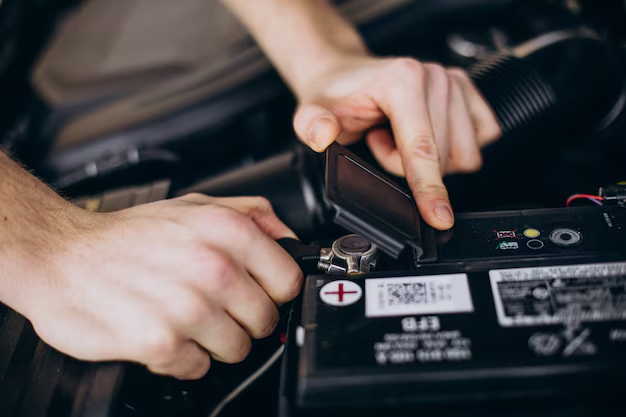Charge an 8-Volt Battery with a 12-Volt Charger
Charging an 8-volt battery with a 12-volt charger is a challenging process that requires careful consideration. While it is technically possible to do so, it must be handled with precision and safety precautions to avoid damaging the battery or causing safety hazards. In this article, we’ll cover the key steps, risks, and best practices for safely charging an 8-volt battery with a 12-volt charger.
Battery and Charger Compatibility
Before diving into the process, it’s important to understand the differences between an 8-volt battery and a 12-volt charger. An 8-volt battery is designed to operate within a specific voltage range, typically 9 to 10 volts during charging. A 12-volt charger, on the other hand, outputs a higher voltage, which can lead to overcharging and damage if not properly regulated.
Key Considerations:
- Voltage Difference: The voltage difference between an 8-volt battery and a 12-volt charger is 4 volts. This mismatch can push excess current into the battery, leading to overheating.
- Current Settings: Use a low amp setting (ideally 2-3 amps) to control the charging rate and reduce the risk of damage.
- Monitoring: Continuous monitoring of the battery temperature, voltage, and physical condition is crucial during the charging process.
Step-by-Step Guide to Charging
Step 1: Use a Current-Limiting Resistor
One effective way to charge an 8-volt battery with a 12-volt charger is to use a current-limiting resistor. The resistor helps to reduce the flow of current, preventing the battery from overheating or overcharging. Here’s how:
- Calculate the resistor value based on the current you want to limit. For example, if the charger outputs 12 volts and you need 2 amps, use Ohm’s Law (R = V/I) to determine the resistor value.
- Connect the resistor in series with the charger’s positive lead before attaching it to the battery.
- Monitor the charging process and disconnect the charger once the battery reaches its optimal voltage (around 9-10 volts).
Step 2: Employ a Voltage Regulator
A voltage regulator can step down the charger’s output voltage to a level that is safe for the 8-volt battery. This method ensures consistent and safe charging.
- Attach the voltage regulator to the charger.
- Set the regulator to output between 9 and 10 volts.
- Connect the charger to the battery and monitor the charging process to ensure proper operation.
Step 3: Limit Charging Time
Charging time is a critical factor. Overcharging can lead to overheating and battery damage. Typically, an 8-volt battery should not be charged for more than 30-60 minutes with a 12-volt charger. Use a timer or set an alarm to remind you to disconnect the charger.
Step 4: Use a Multimeter
A multimeter is an essential tool for monitoring the battery’s voltage during charging. Regularly check the voltage to ensure it stays within safe limits. If the voltage exceeds 10 volts, immediately disconnect the charger to prevent overcharging.
Risks of Charging an 8-Volt Battery with a 12-Volt Charger
While it’s possible to charge an 8-volt battery with a 12-volt charger, the process is fraught with risks. Here are the main dangers:
1. Overheating
Excessive voltage can cause the battery to overheat, leading to thermal runaway. Overheating damages internal components, reduces battery life, and increases the risk of fire or explosion.
2. Electrolyte Depletion
Overcharging can cause the electrolyte inside the battery to evaporate. This leads to sulfation in lead-acid batteries, where lead sulfate crystals form on the battery plates, reducing capacity and performance.
3. Reduced Lifespan
Consistent overcharging significantly shortens the battery’s lifespan. According to industry studies, overcharged batteries may lose up to 50% of their expected life.
4. Safety Hazards
Improper charging setups can lead to leakage, swelling, or even explosions. These issues pose serious risks to users and the environment.
5. Inefficiency
Charging an 8-volt battery with a 12-volt charger is inherently inefficient. The battery may not reach full capacity, and excess energy is wasted as heat.
Warning Signs of Overcharging
It is critical to recognize the warning signs of overcharging to prevent damage or accidents. Common symptoms include:
- Increased Temperature: The battery feels excessively hot to the touch.
- Swelling or Bulging: Physical deformation of the battery casing.
- Gassing or Bubbling: Visible gas bubbles or chemical fumes escaping from the battery.
- Decreased Performance: The battery holds a charge for a shorter period.
- Audible Noises: Unusual hissing or popping sounds.
- High Voltage Readings: Voltage exceeds the recommended range of 9-10 volts.
If you notice any of these signs, immediately disconnect the charger and inspect the battery for damage.
Best Practices for Charging an 8-Volt Battery
To charge an 8-volt battery safely and efficiently, follow these best practices:
1. Use a Compatible Charger
Whenever possible, invest in a charger specifically designed for 8-volt batteries. These chargers are calibrated to provide the correct voltage and current, ensuring safe and effective charging.
2. Monitor Charging Conditions
Keep an eye on the battery’s temperature, voltage, and physical condition throughout the charging process. Use tools like a multimeter to check voltage levels regularly.
3. Avoid Overcharging
Disconnect the charger as soon as the battery reaches its optimal voltage (around 9-10 volts). Many modern chargers include automatic shut-off features to prevent overcharging.
4. Ensure Proper Connections
Make sure the charger’s terminals are securely connected to the battery terminals. Loose or corroded connections can lead to arcing, power loss, or damage.
5. Charge in a Safe Environment
Always charge the battery in a well-ventilated area away from flammable materials. This minimizes the risk of fire or explosion in case of a malfunction.
Alternatives to Using a 12-Volt Charger
If you’re concerned about the risks associated with using a 12-volt charger, consider these safer alternatives:
Dedicated 8-Volt Battery Charger
A charger specifically designed for 8-volt batteries ensures the correct voltage and current levels, minimizing risks.
Adjustable Voltage Charger
An adjustable voltage charger allows you to set the output voltage to match the battery’s requirements. This flexibility makes it a safer option.
Solar Charging Systems
Solar panels equipped with a charge controller can provide a steady and safe charging current for 8-volt batteries, especially in off-grid situations.
Regulated Power Supply
A regulated power supply delivers a stable voltage output and can be adjusted for 8-volt batteries, ensuring consistent and safe charging.
Conclusion
Charging an 8-volt battery with a 12-volt charger is possible, but it requires careful monitoring and the use of additional safety measures such as current-limiting resistors or voltage regulators. The process involves significant risks, including overheating, reduced battery lifespan, and potential safety hazards. To ensure optimal battery performance and longevity, it’s best to use a charger specifically designed for 8-volt batteries or explore alternative charging methods. By following the best practices outlined in this guide, you can safely and effectively charge your 8-volt battery while minimizing risks.




